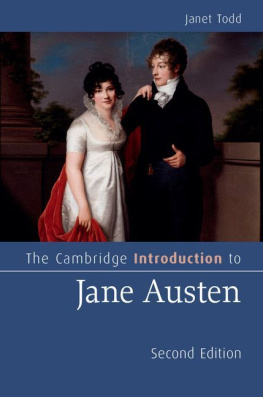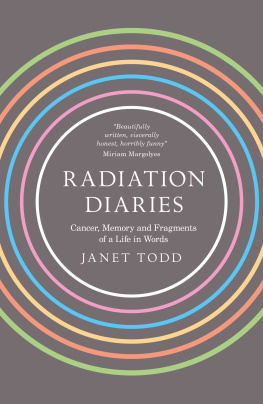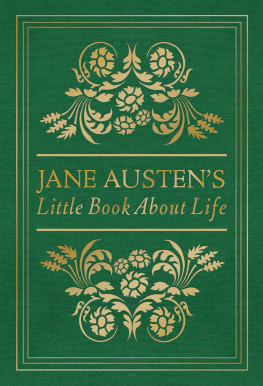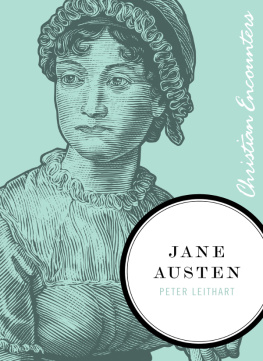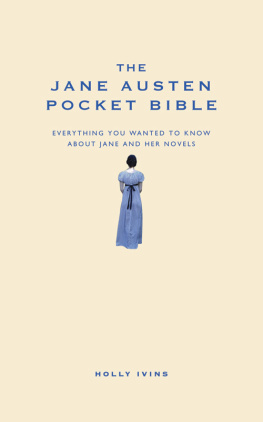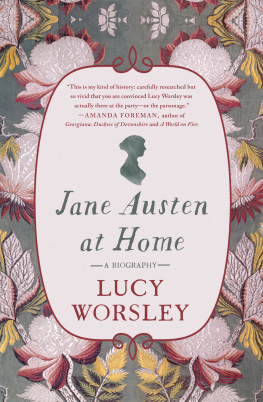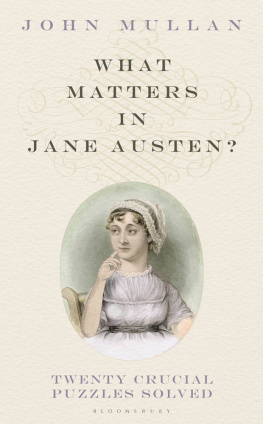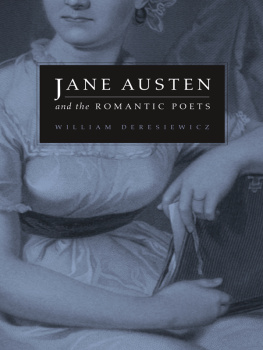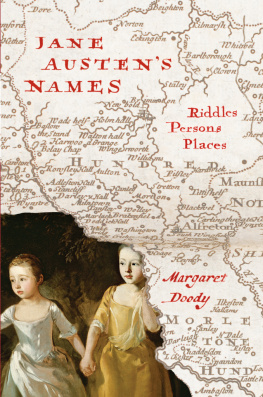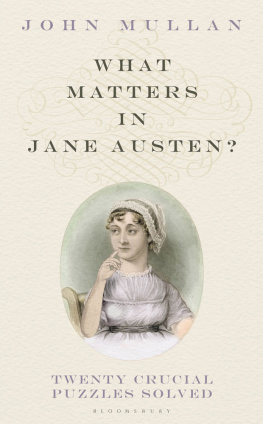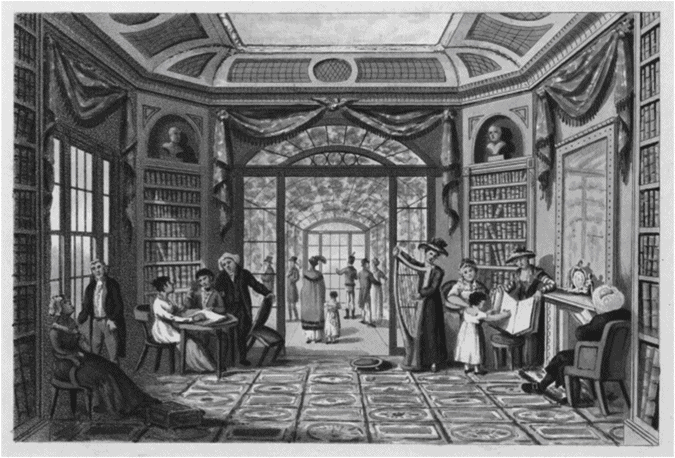Jane Austen is unique among British novelists in maintaining her popular appeal while receiving more scholarly attention now than ever before. This introduction by Janet Todd, leading scholar and editor of Austen's work, explains what students need to know about her novels, life, context and reception. Each novel is discussed in detail, and the essential information is given about her life and literary influences, her novels and letters, and her impact on later literature. For this second edition, the book has been fully revised; a new chapter explores the ways in which Austen's work has prompted imitations, adaptations and creative spin-offs. Key areas of current critical focus are considered throughout, but the book's analysis remains thoroughly grounded in readings of the texts themselves. Janet Todd outlines what makes Austen's prose style so innovative and gives useful starting points for the study of the major works, with suggestions for further reading.
Janet Todd is the President of Lucy Cavendish College, Cambridge.

University Printing House, Cambridge CB2 8BS, United Kingdom
Cambridge University Press is part of the University of Cambridge.
It furthers the University's mission by disseminating knowledge in the pursuit of education, learning and research at the highest international levels of excellence.
www.cambridge.org
Information on this title: www.cambridge.org/9781107494701
Janet Todd 2006, 2015
This publication is in copyright. Subject to statutory exception and to the provisions of relevant collective licensing agreements, no reproduction of any part may take place without the written permission of Cambridge University Press.
First published 2006
Second edition 2015
Printed in the United Kingdom by Clays, St Ives plc
A catalogue record for this publication is available from the British Library
Library of Congress Cataloguing in Publication data
Todd, Janet, 1942
The Cambridge introduction to Jane Austen / Janet Todd. 2nd edition.
pages cm
Includes bibliographical references and index.
ISBN 978-1-107-10025-1 (Hardback) ISBN 978-1-107-49470-1 (Paperback)
1. Austen, Jane, 17751817Criticism and interpretation. 2. Austen, Jane, 17751817Appreciation. 3. Austen, Jane, 17751817Influence. I. Title.
PR4037.T63 2015
823.7dc23 2014037931
ISBN 978-1-107-10025-1 Hardback
ISBN 978-1-107-49470-1 Paperback
Cambridge University Press has no responsibility for the persistence or accuracy of URLs for external or third-party internet websites referred to in this publication, and does not guarantee that any content on such websites is, or will remain, accurate or appropriate.
Contents
Preface to the second edition
In revising this Introduction , I have left most of the material as it was written nine years ago, and I take the liberty of echoing Jane Austen's Advertisement by the authoress to Northanger Abbey to point out that during these nine years places, manners, books, and opinions have undergone considerable changes. I cannot pretend to have kept up with these changes; so I have primarily expanded on some points that I judged obscure or too summary, elaborated a few textual details, increased the bibliography, and corrected errors of reference. I have added a new chapter on the amazing growth of novel adaptations and spin-offs from the works and on the exploitation of the image of Jane Austen herself and the technicolour Regency she is made to inhabit: taken all together, these uses, adaptations, and images now form the global Jane Austen industry.
Thanks to Emily Auerbach, Diana Birchall, Sandie Byrne, Devoney Looser, Dorothea-Sofia Rossellini, and Helen Taylor for guiding me through this extraordinary new world.
Preface to the first edition
In this introductory study I am offering a detailed reading of the six completed novels of Jane Austen together with enough background material for a student to locate the works in their historical moment. This is especially important for those novels conceived at Chawton in the last years of the Revolutionary and Napoleonic Wars. I have, however, concentrated on what strikes me as contributing most to Jane Austen's universal popularity: her ability to create the illusion of psychologically believable and self-reflecting characters. Her novels are investigations of selfhood, particularly female, the oscillating relationship of feeling and reason, the interaction of present and memory, and the constant negotiation between desire and society. Charlotte absurdity.
In the eighteenth century, medical writers, experimental scientists, philosophers, and the literate public were intensely interested in the subject of the self, especially the emotional self. Living mammals were cut open to see their hearts pump; less brutally, human beings were subject to almost scientific inspection. There grew up an experimental approach to the knowledge of character, so that emotion caused by misfortune, evil agents, an author, or a scientist, can invite either objective scrutiny or sympathetic identification. The novel served this interest through its experiments with character, while its representations often accorded with attitudes in contemporary medicine and philosophy.
In a celebrated passage of Tristram Shandy (175967), Laurence Austen's novels allow limited transparency of the feeling body, but only after the reader has done more than draw up a chair softly.
I have composed the Introduction while overseeing the Cambridge Edition of Jane Austen's complete works and a volume of contextual entries. Some of the arguments and material of the editors and contributors have undoubtedly seeped into the book and, following a remark in Emma , seldom can it happen that something is not a little disguised, or a little mistaken. I hope I have noted direct influence and I apologise for inadvertent or distorted borrowing. I would especially like to thank Deirdre Le Faye, Richard Cronin, Dorothy McMillan, John Wiltshire, Edward Copeland, and Brian Southam. I have appreciated suggestions from David Hewitt, Derek Hughes, and Jennifer MacCann. In addition, I am most grateful to Linda Bree at Cambridge University Press for her careful reading of the manuscript. My main debt is to Antje Blank for her help and many insights.
Abbreviations
L
Jane Austen's Letters , ed. Deirdre Le Faye, third edition (Oxford University Press, 1995), referred to in the text by page numbers.
FR
Deirdre Le Faye, Jane Austen. A Family Record , second edition (Cambridge University Press, 2004).
Memoir
James Edward Austen-Leigh, A Memoir of Jane Austen and other Family Recollections , ed. Kathryn Sutherland (Oxford: World's Classics, 2002).
Quotations from Jane Austen's novels are taken from the Cambridge Edition of the Works of Jane Austen and, where appropriate, sourced to volume and chapter using the following abbreviations:

